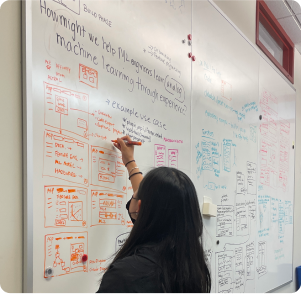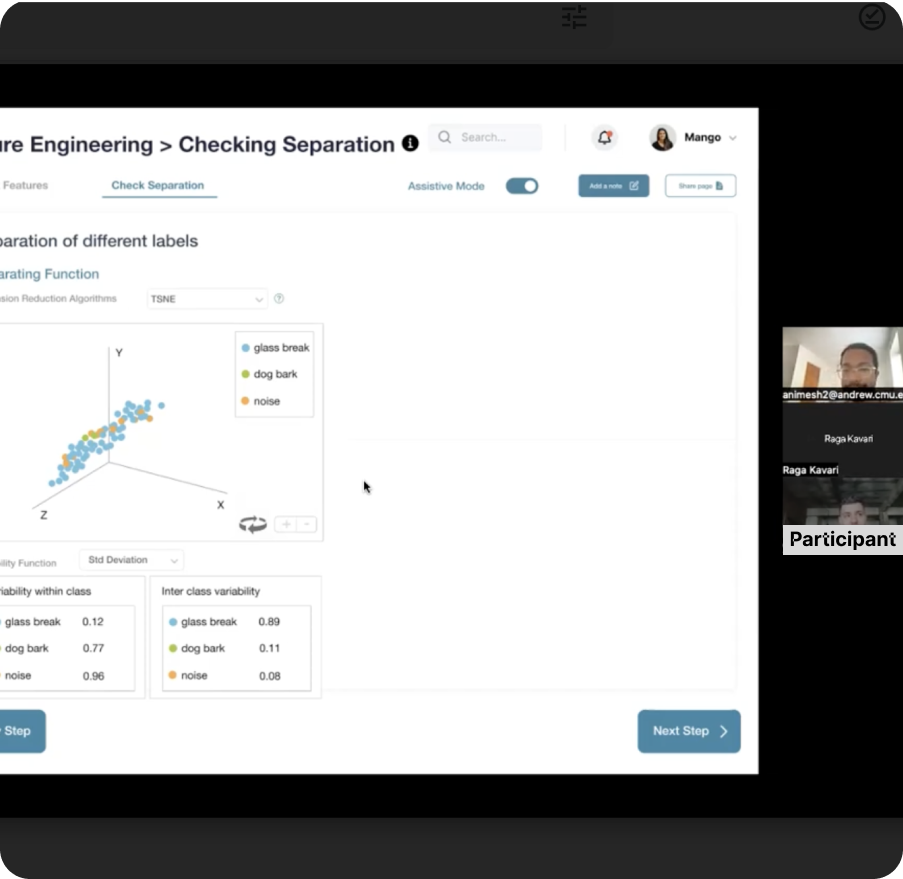
Traditional machine learning operates on digital data, that is data translated from continuous real-world signals into zeros and ones.
Aspinity’s technology detects and classifies sensor-driven events from raw analog sensor data, allowing developers to design significantly lower-power always-on edge-processing devices. Aspinity’s AML100 chip reduces always-on system power by 95% or more, enabling a variety of event detection applications.
Aspinity’s clients currently rely on Aspinity to develop end-to-end AnalogML applications. Aspinity wants to give clients more control over their data and the software development process when using Aspinity’s hardware. However, the domain of AnalogML is new to most engineers, and most clients have a significant knowledge gap.
Our MHCI capstone team at Carnegie Mellon University takes on this challenge.
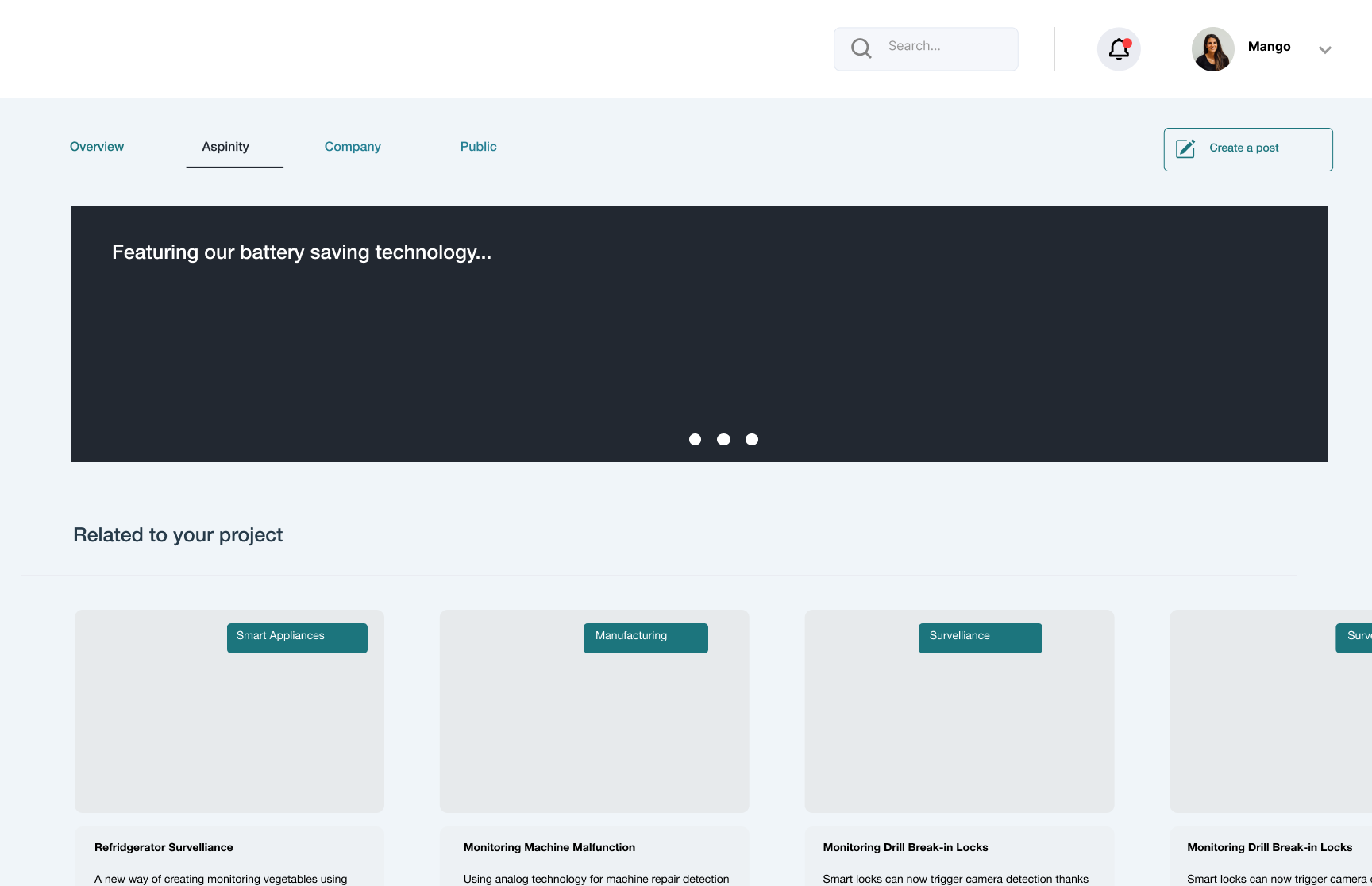
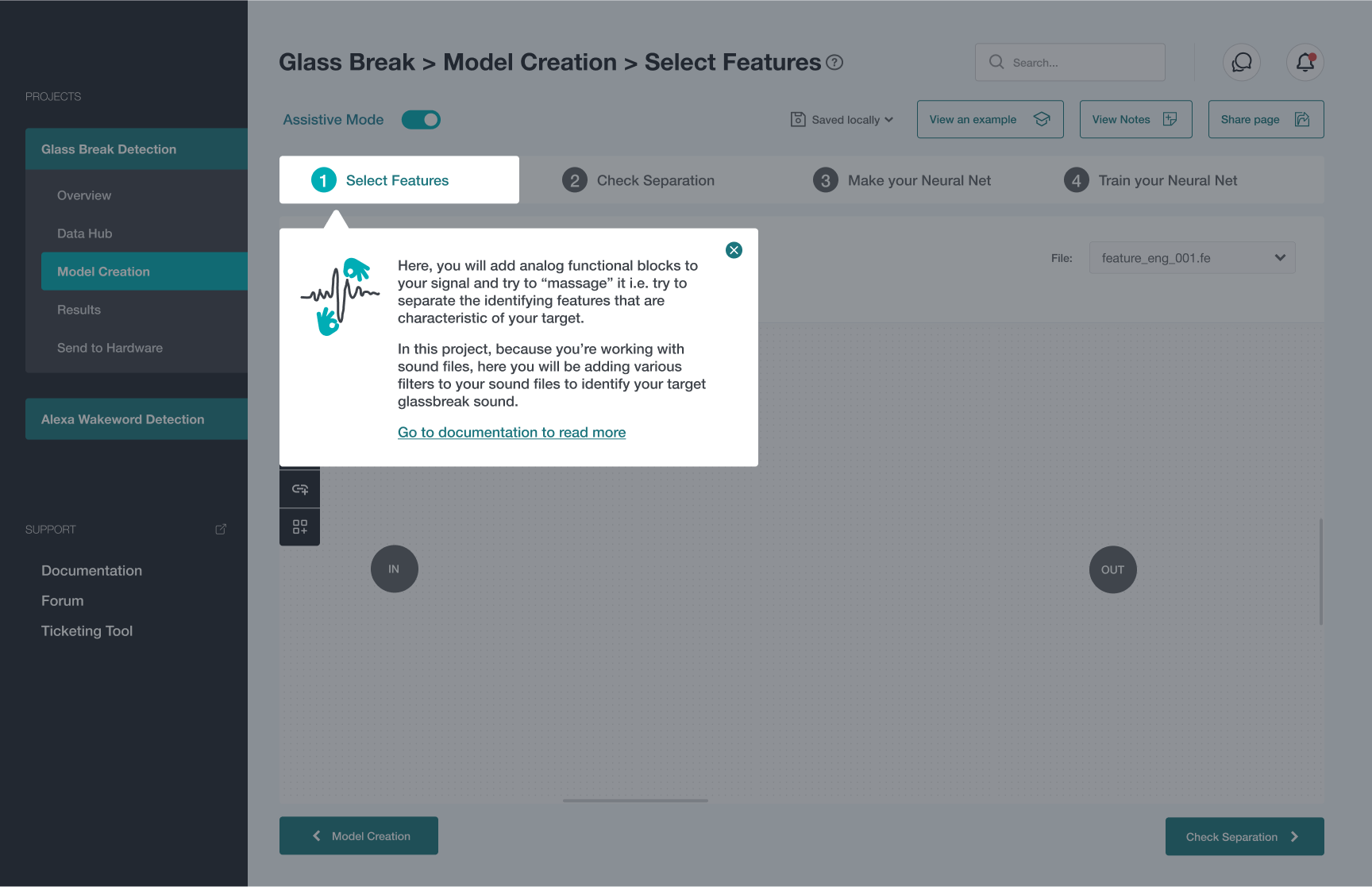
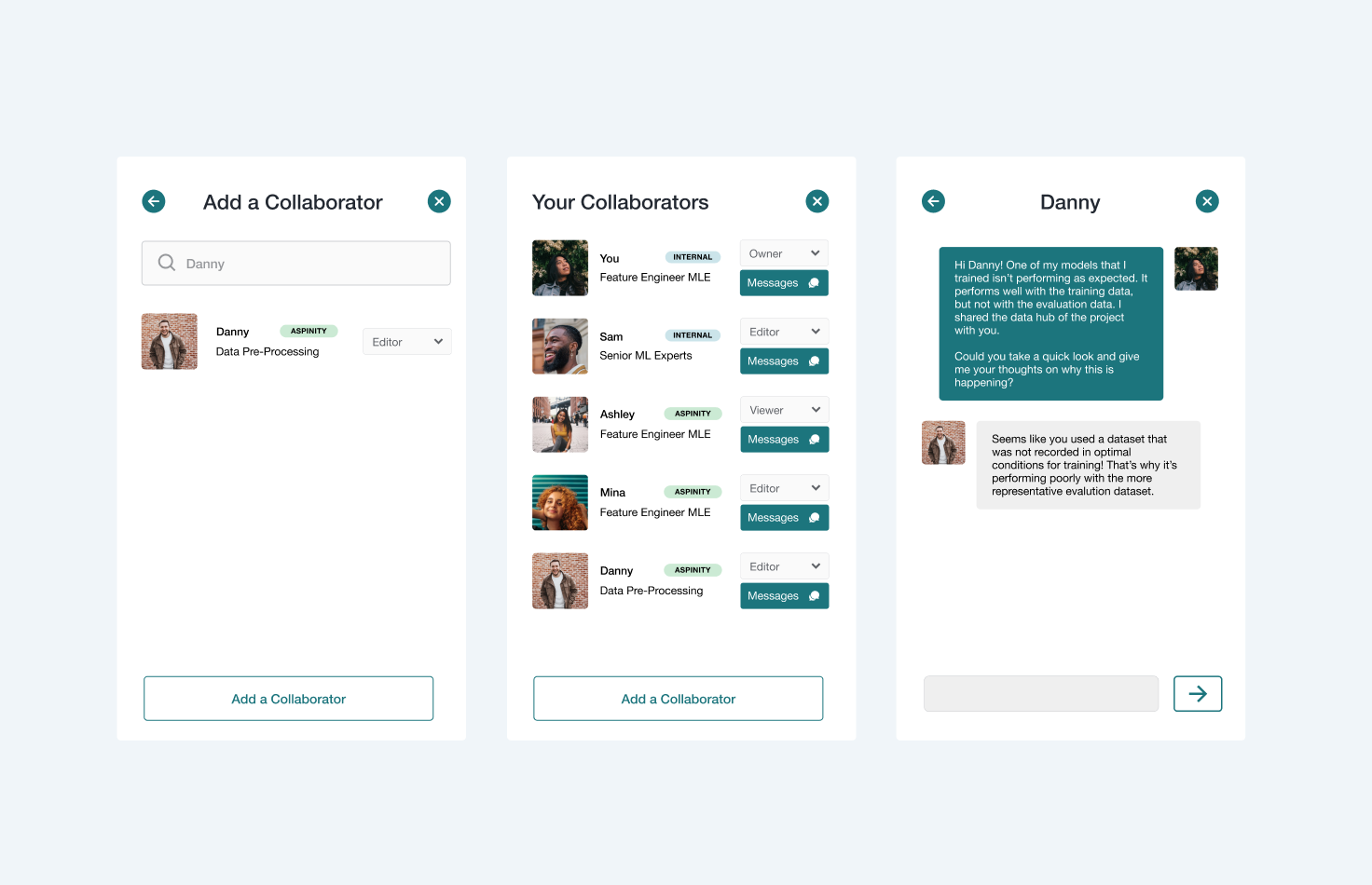



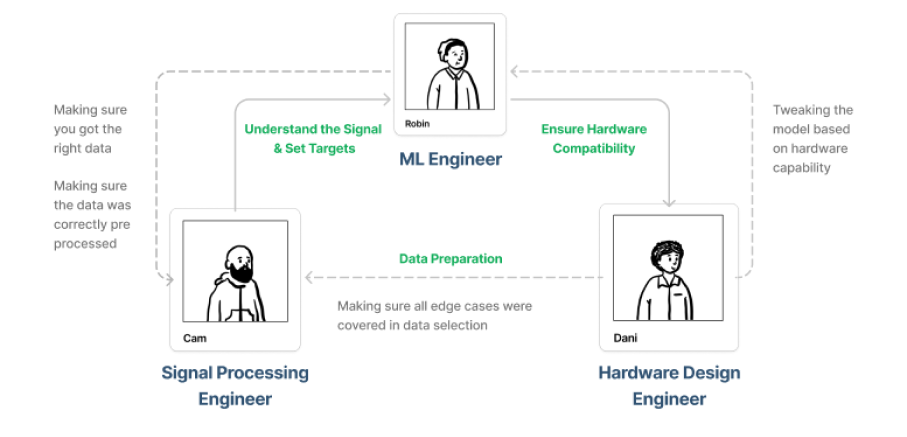
The primary target users for Astrl are ML Engineers at Aspinity's client companies, who would be tasked to program an AnalogML application to be run on Aspinity's chip. So, someone like Robin.
Robin would interact with co-workers like Cam to understand the analog signals they'll be working with, to effectively extract features out of the data. Robin would also interface with co-workers like Dani to make sure their model runs with the same performance on the actual hardware chip.
